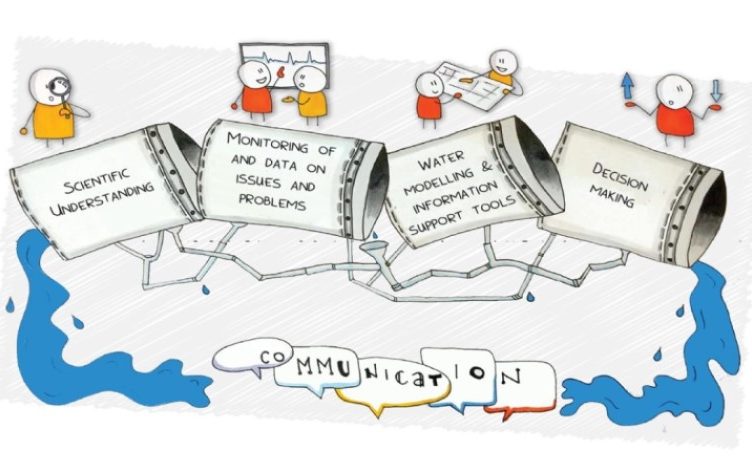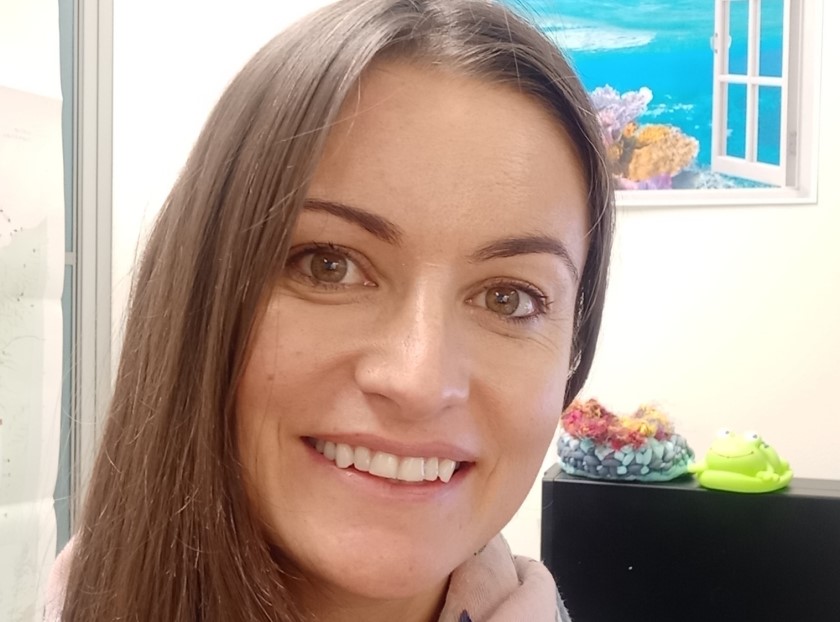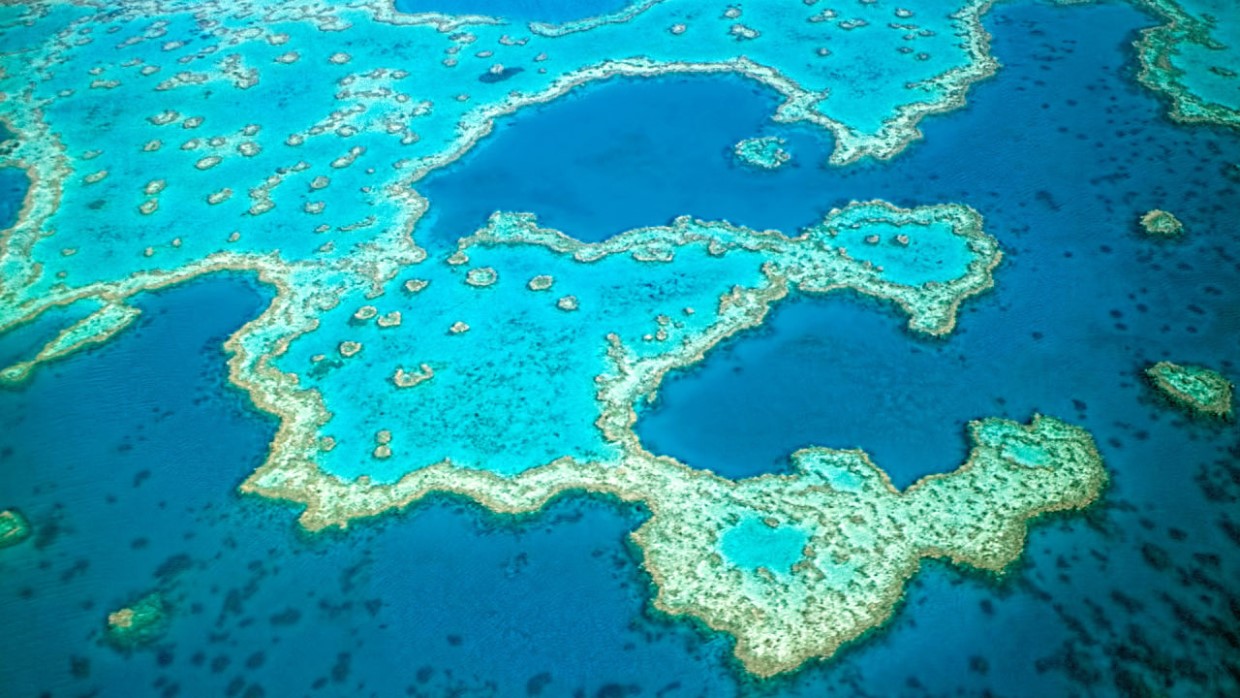
05/12/2024
Event Summary: Overview of water quality modelling projects from the Queensland Water Modelling Network with Callym Dunleavy
Read more
Cherie is the Queensland Water Modelling Network (QWMN) Innovation Associate undertaking PhD research with University of Southern Queensland (USQ), in collaboration with the Bureau of Meteorology as the industry partner. She is researching the development of novel methods to enhance modelling of sediment and nutrients flows from ungauged catchments to the Great Barrier Reef (GBR).
Nutrients affect the health and resilience of the reef, so understanding their movement facilitates informed management of catchments and marine eco-systems. Approximately 30% of terrestrial flows of nutrients to the reef are from ungauged catchments. These are located in high rainfall gradient areas and contribute unmonitored quantities of nutrients to the reef. Cherie’s research aims to reduce the uncertainties associated with current methods that quantify nutrient transport from these ungauged catchments to the GBR.

So how is Cherie tackling this problem?
Calibrated parameter transfer from gauged catchments is well-documented for simulating flow and suspended solids throughout ungauged catchments. These parameters are usually transferred from gauged to hydrologically similar ungauged catchments using a method called Regionalisation. Traditionally, physical drivers that influence river flows, and total suspended solids have been used for regionalisation. While biological factors are also expected to influence nutrient balances, they are not yet included in regionalisation techniques. Relationship mining abilities of machine learning to enhance parameter transfer between gauged and ungauged catchments is also at its infancy. Cherie’s research evaluates benefits of regionalising catchments based on physical and biological drivers of nutrient processes, and using machine learning techniques to innovate transfer of calibrated parameters from gauged to ungauged catchments for nutrient simulations.
By advancing established principles for modelling ungauged catchments, Cherie’s research aims to reduce uncertainties associated with nutrient discharges from ungauged catchments. This can better inform the eReefs visualisation tool, a world first initiative to improve communications regarding Great Barrier Reef water quality. Successful application of Cherie’s research to the eReefs cachment modelling methods can help improve communications regarding influences of land management towards the reef.

Supported by QWMN funding, Cherie has enjoyed capacity building and networking at the 23rd International Congress on Modelling and Simulation (MODSIM), QWMN 2020 Technical Forum, and professional development training with fellow Innovation Associates. Cherie has completed her confirmation of candidature submissions and is currently evaluating water quality data for relationships between catchment drivers on nutrient concentrations. Narendra Tuteja, Urooj Khan, Mohammad Hasan, and Richard Laugesen from the Bureau of Meteorology Water Forecasting Services team provide industry support. Dr Afshin Ghahramani, Assoc. Prof Keith Pembleton, and Assoc. Prof Ravinesh Deo of USQ’s Centre for Sustainable Agricultural Systems are Cherie’s supervisors for this impact focused and applied research. You can contact her here.